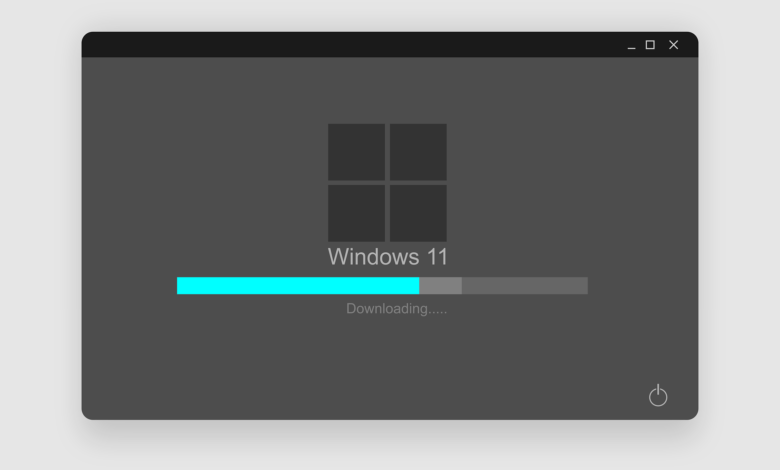What Is DirectStorage Included With Windows 11?

What is the DirectStorage technology introduced with Windows 11 and what does it do?
DirectStorage, one of the third and most important innovations coming to DirectX 12, is a technology currently used on Xbox Series X and Series S consoles. This feature, which will join the PC world with the Windows 10 update under normal conditions, has now become exclusive to Windows 11 with a sudden decision taken by Microsoft.
What is DirectStorage?
DirectStorage is a technology that reduces game boot times by allowing compressed game data copied to RAM to be transferred directly to the video card memory (VRAM) without being decompressed. Advantageous features developed for Xbox Series S and X with DirectStorage technology are now available on Windows 11 computers. For example, games and some other programs will be able to directly access files on the computer’s storage device more quickly.
Normally, when you play a PC game, the compressed textures, models, and graphics packages required for drawing the game are copied from your disk to the system memory, that is RAM, then this data opened by the processor is transferred to the memory of the graphics card, and then graphics drawing begins. As you can imagine, during this transfer, there is an additional load on the processor -because the memory controller is located in the processor- and an extra delay occurs. DirectStorage is a technology that aims to further reduce the delays in this copying phase.
Performance Boost with DirectStorage
Usually, transferring from local storage to volatile memory (RAM) is the slowest part of this process, but it’s still not much of a problem. But in the case of a modern AAA game, everything needed is copied in small chunks rather than copied directly into memory. Because today, when we consider that an average AAA game has huge dimensions such as at least 80-90 GB, it does not seem possible to load all of them into memory.
If we give an example of this issue more understandably; We know that often in open-world games, the game constantly requests models and textures from local storage for rendering. At this point, we think that DirectStorage technology will make a great contribution to the game world in terms of performance. Because this equation is not only solved between disks and memory. The CPU also has to process these requests each time.
Unfortunately, depending on the game or the program, if the CPU cannot adequately meet all these requests, you may witness a decrease in performance. Therefore, our computer; It can limit system resource and game resource reserved for use in other things like artificial intelligence, networking, pathfinding. Thanks to DirectStorage, the processor load can be reduced.
NVMe SSD Required
One of the possible reasons for this possible change in the gaming and software world is that NVMe SSDs have become widespread and become the default storage device of many computers. Because NVMe SSDs have a large amount of bandwidth and IOPS compared to SATA SSDs. While SATA SSDs can process one I/O request at a time, NVMe SSDs can do much higher.
While DirectStorage technology will not offer support for computers and games without NVMe drivers, it will stand out for new computers with fast loading times, fast data flow, and less processor usage.
Will Windows 10 Be Supported?
At the launch of Windows 11 by Microsoft, DirectStorage was specifically stated as a special technology and innovation. Therefore, we do not expect any DirectStorage release for Windows 10.
When Will the Beta Be Released?
Unfortunately, developers won’t be able to use the DirectStorage library for beta testing until the end of 2021. Likewise, it is not known when the final version will be released.
NVIDIA RTX IO and DirectStorage Difference
All this aside, you may have heard of a similar technology called RTX IO developed by the NVIDIA front. This technology is not the same as DirectStorage as it is about skipping the copying of local resources to system memory. In NVIDIA RTX IO, a game’s data can be transferred directly from the local storage to the graphics card memory. Although they are not the same thing, NVIDIA RTX IO technology is also designed to work with Microsoft’s DirectStorage API to reduce the I/O requests that the CPU is trying to meet.
And, as always, we can expect similar moves from AMD and Intel, based on the rule that if a company comes up with something new, others start doing it over time.





